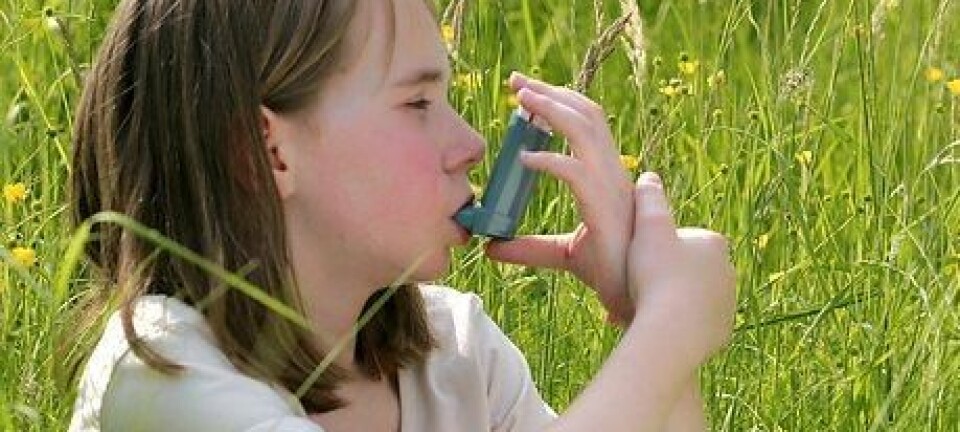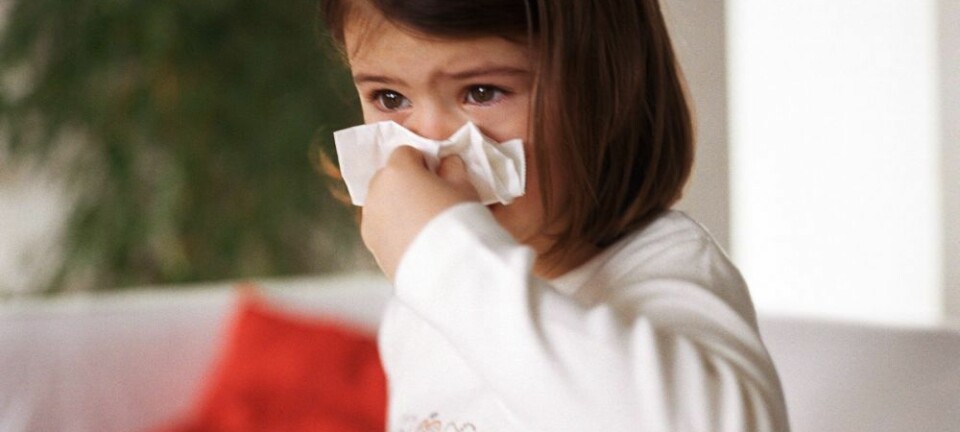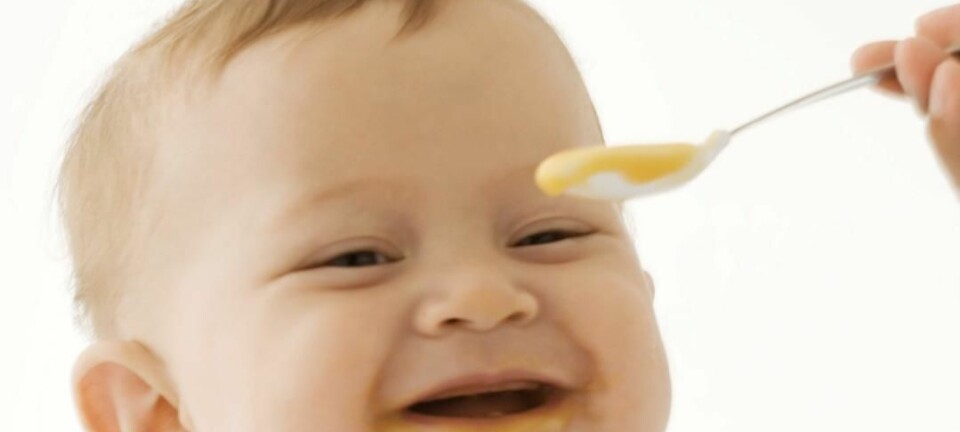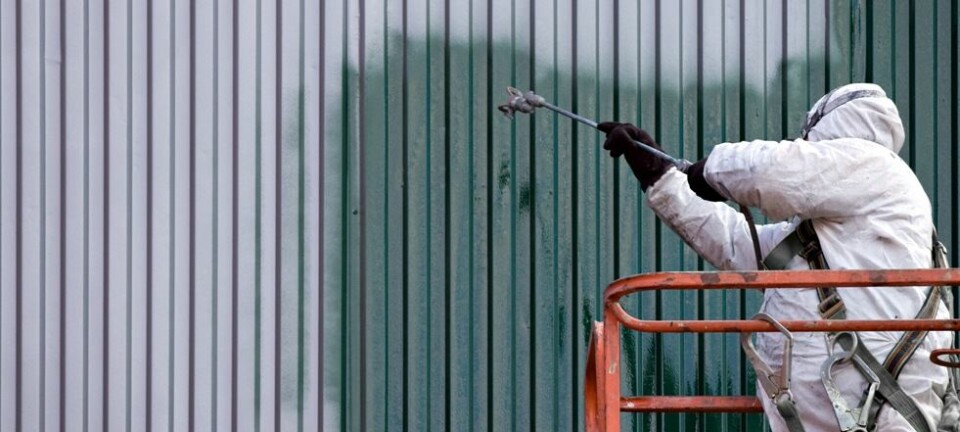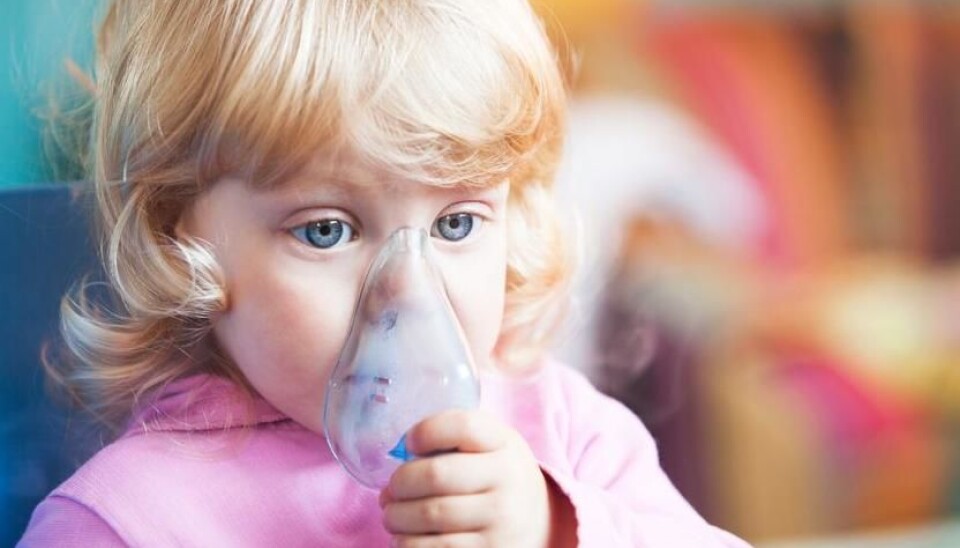
New asthma susceptibility gene identified
Scientists have identified a gene that helps trigger asthma attacks in children. The gene has no effect on asthma in adults. The discovery thus confirms the hypothesis that ‘asthma’ covers a variety of diseases.
Asthma is not just a single disease. It is a series of diseases that are currently being treated as one, which helps explain why asthma medication does not work optimally on all patients.
This is one of the conclusions extracted from a new study by the Danish Paediatric Asthma Centre and the University of Copenhagen.
Together with international colleagues, the researchers carried out a genome-wide association study of a specific asthma phenotype characterised by recurrent, severe exacerbations occurring between 2 and 6 years of age in a total of 1,173 cases and 2,522 controls.
Strong results reveal new asthma gene
The study reveals that a specific asthma gene plays an active role in the development of asthma attacks in the first years of life.
”We have identified a ’new’ gene as a susceptibility locus for early childhood asthma with severe exacerbations. We can also see that some of the previously located asthma genes play an important role in children suffering from asthma attacks. Our results are incredibly solid, compared with previous studies,” says Klaus Bønnelykke, PhD, a senior researcher at the Danish Pediatric Asthma Centre.
We have identified a ’new’ gene as a susceptibility locus for early childhood asthma with severe exacerbations. We can also see that some of the previously located asthma genes play an important role in children suffering from asthma attacks.
“As a researcher it is very rewarding to see such clear correlations, because we need to understand asthma attacks in children, and the identification of asthma genes is an important first step.”
The study is published in the journal Nature Genetics.
‘Asthma’ is not the same disease for a child as for an adult
The hope is that the deeper insight into the causes of asthma will eventually make it easier to treat and prevent asthma.
“My guess is that children who carry this gene should be treated differently from others or be protected against other factors in the environment,” says Bønnelykke.
As a researcher it is very rewarding to see such clear correlations, because we need to understand asthma attacks in children, and the identification of asthma genes is an important first step.
“I see great potential in this, but it’s a topic for future research. The discovery of the ‘new’ gene is unfortunately not something that can change the daily treatment or practice right here and now.”
Nevertheless, the identification of the ‘new’ gene – CDHR3 – together with the other genetic discoveries has already had an impact on science. According to Bønnelykke, the new discovery supports the hypothesis that asthma is several different diseases with a variety of causes, and not just one, as has been assumed for 100 years.
“Scientists have previously located genes that affect asthma in adults, but CDHR3 did not feature in those studies. This in itself shows that childhood asthma is not the same as asthma in adults, and the disease should therefore probably also be treated differently from one group of patients to another.”
Half of severe asthma cases may be prevented
Genes can provide a way of dividing asthma patients into more clearly defined groups, making it easier to treat and prevent the disease. The researchers have now identified a total of five susceptibility loci in our genome, which together appear to account for most of the severe asthma cases in children.
”Our subsequent calculations indicate that at least half of the cases of asthma with severe attacks originate in the five susceptibility loci. In the children with the most severe cases of asthma, the genes play an even greater role than in others,” says the researcher.
“There is a very strong correlation, so our best guess is that we would be able to prevent more than half of asthma cases if we could find a way of slowing down the effect of these genes.”
Something in the environment activates asthma genes
The basic hypotheses at the Danish Paediatric Asthma Centre is currently that some of us are born with genes that increase the likelihood of developing asthma.
The asthma genes are then triggered by something in our surrounding environment so that the asthma symptoms emerge in the unfortunate children.
”We know that once a patient has asthma, it is mainly viral and bacterial infections that trigger asthma attacks. Allergies can also provoke it. However, we have a lot of theories regarding the fundamental causes of asthma in children and adults – in addition to the genes – but they remain inconclusive,” says Bønnelykke.
”We can only say at this point that part of the explanation is to be found in our surroundings. We can say this because we have seen an explosive growth in asthma and allergies over the past 30-40 years. Genes do not change that quickly.”
----------------------
Read the Danish version of this article at videnskab.dk



